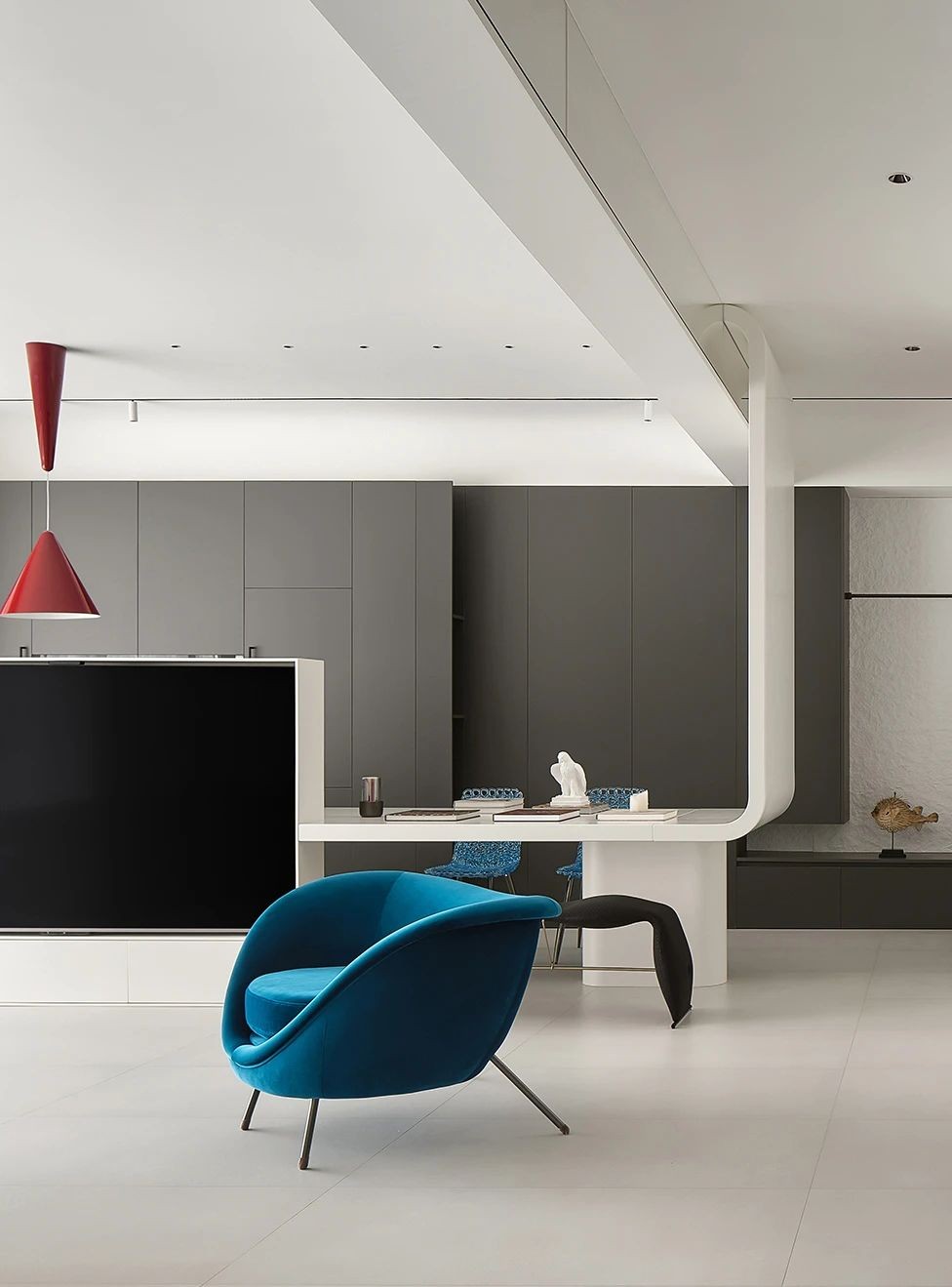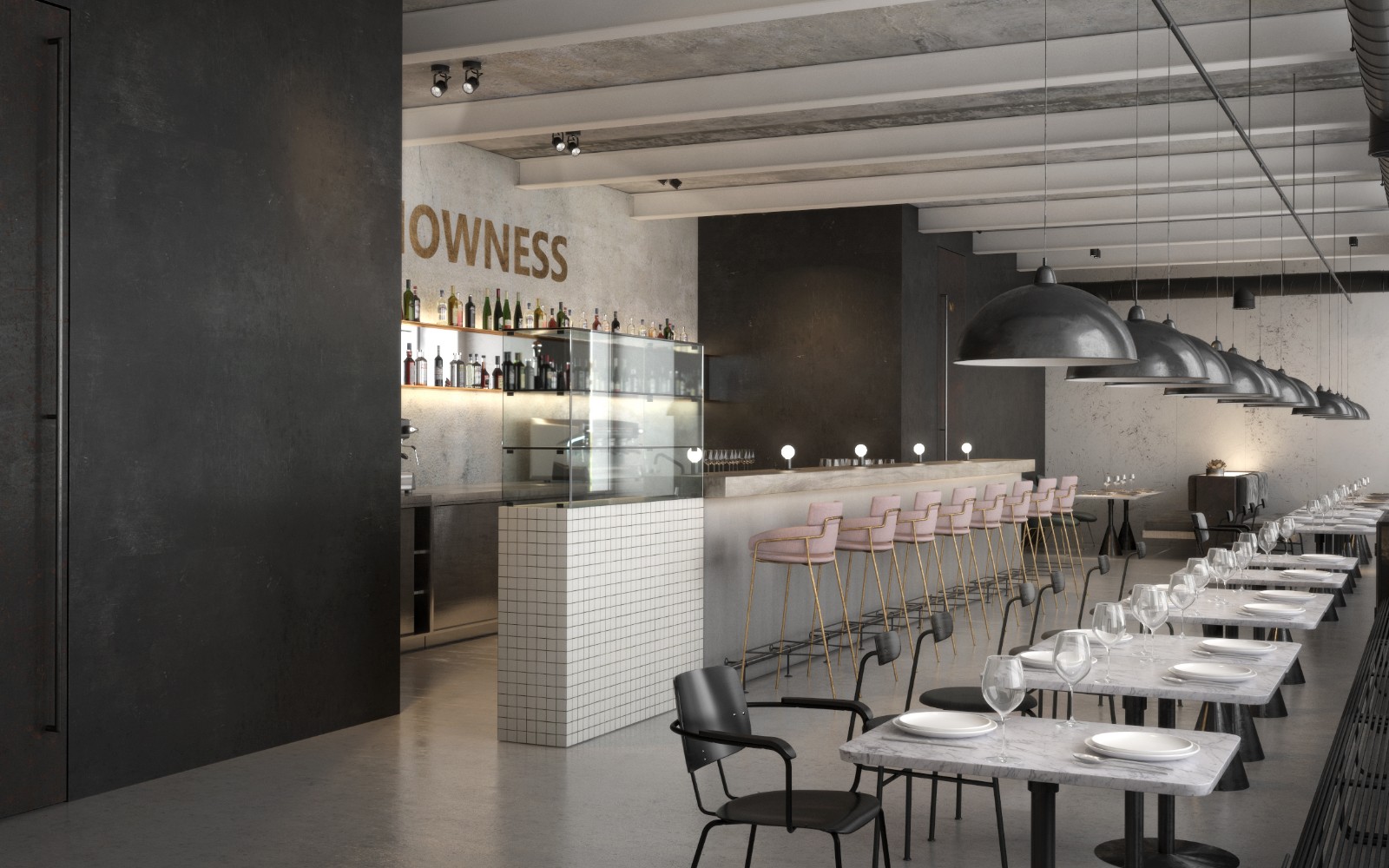Play Perch Syracuse University
2013-06-18 01:00
Courtesy of Syracuse University
架构师提供的文本描述。客户是Jowonio幼儿园,这是为有特殊需要的学生提供创新教育方面公认的世界领先企业。Jowonio学校为3至6岁的儿童提供服务,其指导思想是,有特殊需要和传统需要的学生应在包容性的环境中接受教育。高达30%的Jowonio学生有一些身体或精神残疾,包括自闭症、视力受损和行动能力有限。学校试图提供一个环境,让所有学生都能参加尽可能多的课堂活动。
Text description provided by the architects. The client is the Jowonio preschool, a recognized world leader in innovative education for students with special needs. The Jowonio School serves children from 3 to 6 years old, guided by the philosophy that students with special needs and traditional needs should be educated in an inclusive setting. Up to 30% of Jowonio students have some physical or mental disability, including autism, impaired vision, and limited mobility. The school attempts to provide an environment where all students may take part in as many class activities as possible.
Courtesy of Syracuse University
幼儿园坐落在一条低矮的冰川鼓声的底部,有一条自然的小径,沿着山顶下的一条山脊,在半山腰上绕了一圈,然后又回到了山下。学校后面树木茂密的悬崖让Jowonio能够解决“自然缺陷障碍”问题;在幼儿发展领域的相对新的研究表明,花在户外的时间较少,限制进入大自然,对行为和健康都有负面影响,尤其是当学生能够接触到室外环境的平静和安静时,他们得到了极大的帮助。因此,学校大量利用他们的自然路线,一些教室每天冒险出去,除非气温降到华氏20度以下。
The preschool sits at the bottom of a low glacial drumlin and has a nature trail that makes a loop half way up the hill, along a ridge below the top of the hill, and back down the hill again. The wooded escarpment behind the school allows Jowonio to address “nature deficit disorder;” relatively new research in the area of early childhood development suggests that less time spent outside and restricted access to nature negatively impact both behavior and health, and that in particular students with ADD are greatly assisted when they have access to the calm and quiet of an outdoor environmental setting. Thus, the school makes heavy use of their nature trail with some classrooms venturing out every day unless the temperature falls below 20F.
Courtesy of Syracuse University
去年,幼儿园通过设计小组接近锡拉丘兹大学AIAS Freedomy,设计并在自然小径上建造一个无障碍的室外教室。设计建设项目是作为一个3学分制的独立学习课程,作为将学生主导的社区服务融入到课程中的一种实验方式而建立起来的。该项目组考虑了几个地点的小径,但来自一名岩土工程师的建议,帮助消除潜在的不稳定的斜坡,将使基础设计和施工的复杂性令人望而却步。最后一处场地的优点是有一棵成熟的实木,围绕在相对开阔的空地上,有一个很好的斜坡,这样就有可能从小径一侧进入结构,同时在地面和另一端之间有8英尺的间隙,以产生巨大的影响。该网站也有良好的风景回到学校操场,通过裸露的树木在冬季。
Last year, the preschool approached the Syracuse University AIAS Freedom By Design group to design and build an accessible outdoor classroom on the nature trail. The design build project was established as a 3 credit independent study course as a way to experiment with the integration of student–led community service into the curriculum. The project team considered several locations on the trail, but advice from a geotechnical engineer helped eliminate potential sites on unstable slopes that would make foundation design and construction prohibitively complex. The final site had the advantage of a mature solid tree around which to build in a relatively open clearing with a nice slope to make it possible to have a horizontal ramp into the structure from the trail side while having an 8ft clearance between ground and the floor at the other end for dramatic impact. The site also has good views back to the school playground through the bare trees in winter.
从一开始,学生们就为这个项目开发和设计了一个名为Play Perch的项目,它的设计灵感来自于来自星球大战的东蓝鸟(纽约州立鸟)和AT-AT帝国沃克。最后的设计要求在树周围建立一个水平的平台,从小径延伸到斜坡上方的空中。六对成对的V形柱支撑着平台的下方。这些柱子连接到结构的起落架上,并使用定制的钢样条连接到下面的地基上。地基有6个直径16英寸,4英尺深的混凝土桥墩,用氧化铁染色,还有一个坡道与小径相交的条状地基。该平台约12英尺乘20英尺,悬臂通过柱线。该设计将环境教育嵌入室外展馆,结合阳光、风、水管理等,对幼儿进行自然力教育。这场戏是耐候的,而不是防天气的,墙壁由木材框架和穿孔的风化钢板组成。孔洞是以鸟的羽毛为图案,孔径大小的变化来制造窗户。屋顶由聚碳酸酯面板和钢制的无风道支架组成。屋顶上的排水沟悬垂得很大,这样孩子们就可以观察到水的流动和下落在下面的飞溅的岩石上。屋顶在树周围形成一个圆孔,让孩子们躺在地板上,向上看树枝。在入口处,屋顶剥落,以模仿鸟的尾羽。巨大的镀铜悬臂式窗户,即喙,是一张聚碳酸酯薄膜,从计划的最高点向外倾斜,使孩子们的视野最大化。一个定制的攀岩网延伸到平台上方和下面的地板和树之间。
From the outset, students developed and devised an identify for the project, Play Perch, with a design inspired by both the Eastern Blue Bird (the New York State bird) and the AT-AT Imperial Walker from Star Wars. The final design called for a level platform around the tree that stretches off the trail into the air above the slope. Six splayed pairs of columns in a v shape support the platform from below. These posts are connected to the undercarriage of the structure and to the foundations below using custom steel splines. The foundations are six 16 inch diameter, 4 feet deep concrete piers dyed with iron oxide and a strip foundation where the ramp meets the trail. The platform is approximately 12 feet by 20 feet and cantilevers past the column line. The design embeds environmental education in an outdoor pavilion, incorporating sun, wind, water management and the like to educate young children about natural forces. The Play Perch is weather resistant rather than weather proof and the walls consist of timber frames with perforated weathering steel panels. The perforations are patterned after the feathers of a bird with variations in the aperture size to create windows. The roof consists of polycarbonate panels with steel Unistrut supports. Gutters in the roof overhang considerably so the children can observe the water running off and falling on a splash rock below. The roof forms an oculus around the tree for the children to lie on the floor and peer up into the branches. At the entrance the roof peels up to mimic the tail feathers of the bird. The large copper clad cantilevered window, the beak, is a polycarbonate sheet that tilts out to maximize the children’s view from the highest point in the plan. A custom-ordered climbing net stretches across the opening between the floor and the tree both above and below the platform.
Courtesy of Syracuse University
学生们优化了Play Perch的制作和建造,部署了校外本地工匠的组合,在木材和金属商店中进行了校园模块化讨论,并根据需要进行了现场施工。这些学生聘请了具有纽约北部锈带经济专业知识的生产商和安装人员,其中包括激光切割的自风化钢板、金属配件的烤制陶瓷涂层以及数字驱动的喷水天花板面板。一位与城市树木学家合作的邻里工匠提供了刺槐的木材框架,这是天然的抗天气和白蚁的。这个项目的目的是在锡拉丘兹森林恶劣的天气中自然老化:外部生锈的钢板在上蜡前将被允许降至橙色,以尽量减少铁锈转移到使用者的手上,而悬挑的俯瞰上的铜板将获得深绿色的薄片。
The students optimized the fabrication and building of Play Perch, deploying a combination of off-campus local artisans, on-campus modular panelization in the wood and metal shops, and on-site construction as needed. The students sourced producers and installers with expertise in the Rust Belt economy of Upstate New York, including laser-cut self-weathering steel sheeting, baked-on ceramic coatings for metal fittings, and digitally driven water-jet ceiling panels. A neighborhood artisan, who works with the city arborist, supplied the black locust timber framing, which is naturally weather- and termite-resistant. The project is meant to age naturally in the severe weather of the Syracuse woods: exterior rusted steel panels will be allowed to weather to orange before being waxed to minimize transfer of rust to users’ hands and copper sheets on the cantilevered overlook will gain a deep green patina.
Courtesy of Syracuse University
室内设计包括一个蓝色的瓷砖地板,适合操场使用,继续在两个座位隧道混合家具件顶部被称为“毛虫”和“鼻涕虫”。隧道内衬绿色的HDPE嵌板,上面刻有当地动物的脚印。一张来自同一材料的标本桌座落在一个黄色粉末涂层的小型树形钢底座上,类似地刻有当地叶子的品种,并镶嵌着放大镜,让孩子们沿着小径仔细检查他们的发现。在头顶上,一个半透明的聚碳酸酯屋顶靠在镀锌板上,柔和地照亮了内部。沿着打孔的外部钢模组的内面,亚麻子摩擦蝗虫柱支撑一个木格子,为LED条形照明提供了一个海湾。色彩鲜艳的内部与外部材料的微妙色彩形成了鲜明的对比。
The interior design consists of a blue tile floor suitable for playground use that continues over the top of the two seating-tunnel hybrid furniture pieces dubbed “the caterpillar” and “the slug.” The tunnel is lined with green HDPE panels etched with the footprints of local animals. A specimen table from the same material sits atop a yellow powder-coated mini tree-shaped steel base, similarly etched with local leaf varieties and inset with magnifying glasses for the children to closely examine their findings along the trail. Overhead, a translucent polycarbonate roof rests on galvanized steel purlins, softly illuminating the interiors. Along the inside face of the perforated exterior steel modules, linseed-rubbed locusts posts support a wood trellis, providing a cove for LED strip lighting. The brilliantly colored interior contrasts with the subtle hues of the exterior materials.
Courtesy of Syracuse University
设计策略继续到更大的网站背景。随着接近8英尺的下降,在最高端,下面的空间,发挥佩奇成为一个探索和发现的空间本身。为了最大限度地利用这个空间,水泥基纤维板的天花板被划上了一个开口的星座,这些开口都是用户外照明装置背光的。学生们清除了灌木丛和瓦砾,建造了一条新的折返道路,方便使用轮椅的儿童进入。沿着小路,学生们编织了一窝倒下的树枝和树枝,形成了一个周边,然后他们点缀着混凝土鸡蛋,供孩子们在户外玩耍时相遇。
The design strategy continues to the larger site context. With an almost eight-foot drop at the highest end, the space underneath the Play Perch became a space of exploration and discovery in itself. To maximize the use of this space, the dropped ceiling of cementitious fiberboard was scribed with a constellation of openings that were backlit with outdoor lighting fixtures. Students cleared undergrowth and debris to construct a new switchback path, facilitating access by children using wheelchairs. Along the path, students wove a nest of fallen branches and twigs, forming a perimeter to the site that they then dotted with concrete eggs for the children to encounter amidst their outdoor play.
 举报
举报
别默默的看了,快登录帮我评论一下吧!:)
注册
登录
更多评论
相关文章
-

描边风设计中,最容易犯的8种问题分析
2018年走过了四分之一,LOGO设计趋势也清晰了LOGO设计
-

描边风设计中,最容易犯的8种问题分析
2018年走过了四分之一,LOGO设计趋势也清晰了LOGO设计
-

描边风设计中,最容易犯的8种问题分析
2018年走过了四分之一,LOGO设计趋势也清晰了LOGO设计






.jpg)

































































.jpg)

.jpg)

.jpg)

.jpg)

.jpg)

.jpg)

.jpg)

.jpg)



























